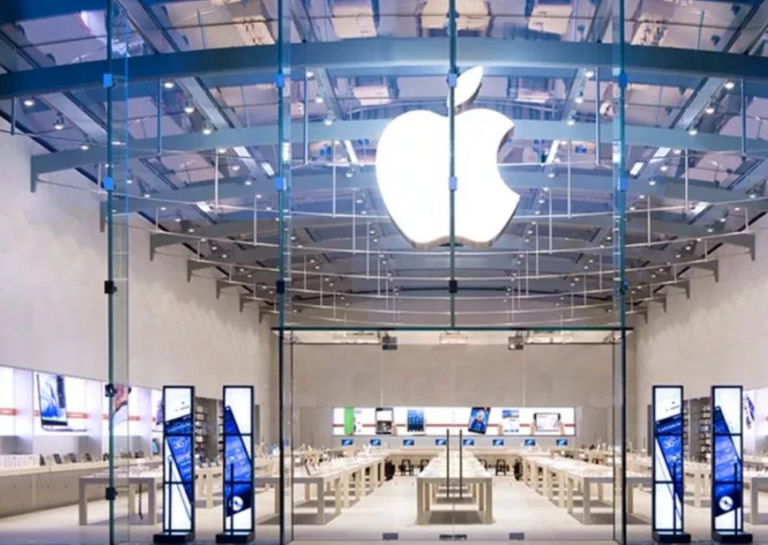
I don't buy Tim Cook's excuse for slow Apple sales due to a slumping Chinese economy or the US-China Trade War. Since 2016, the signs were emerging that Apple was in danger and I pointed this out several times before. They are lacking in the wow factor that previous products enjoyed, no new innovation that has been a game changer and they are pricing their products at a premium at a time few people can afford them. The shelf life and inventory of iPhones has also increased from before, when Apple always usually sells out their products from pre-order sales.
I do think Apple has actually become a victim of its own success. They are making better iPhones than ever, with faster processors e.g. A12X and more AI features e.g. Face ID and Portrait Mode. People don't need to buy newer iPhones when the one they have is working fine. The only problem is that the competition has gotten better too, with fancier designs and high-end features. That leads to new customers who buy those products since they are also more affordable plus they get the same or similar features like that on a flagship iPhone. Samsung and Huawei now lead the world in smartphone sales, and it has been plateauing not increasing. That cuts into Apple's profit margins significantly, that for every iPhone sold, more S9 and P20 are sold as well.
The expectations from Apple are also so high, it leaves very little room for failure. Even though they have performed well, they did not meet the targets set for sales figures. Apple has already reached the trillion dollar market cap in 2018, and in early 2018 made $88.3 Billion in revenue. The main cash cow for Apple has been the iPhone, and that is where things seem disappointing in late 2018. China's economy maybe in a cyclical slump, but the market there has changed in the last 2 years. Does Apple know they have competition from top Chinese smartphone companies like Huawei, Oppo, OnePlus, etc. More Chinese consumers are buying local and that will hurt Apple's iPhone sales.
Apple's new strategy is to move some, if not all, of their production from China to another country. One market Apple wants to break into but is having plenty of problems with is India. This market is virtually non-existent to Apple products. In order to open a retail store in India, a company must source 30% of its materials from the local businesses. Apple will want to go ahead to tap into a booming Indian population with potential to increase revenues in the next few years as it delivers the iPhone to an already diverse smartphone market. Indians, for the most part, are a sophisticated and highly educated group that would benefit from the features of the iPhone. The majority of the Indian market is for cheaper and more practical cellular phones, not necessarily a smartphone. Simpler style phones like the Xiaomi Poco have found a huge market in India because it provides the basic features that most Indians need at an affordable price. Nothing like a $1000 flagship like the iPhone XS.
So here is an idea. I think Apple is going through a decline in its product cycle. What consumers need are not newer iPhones, but products that are affordable and useful. They should improve the HomePod, upgrade Siri to Alexa level, utilize their processors for more advanced apps for the iPhone, iPad and Apple TV, release a new Mac Pro or even delve into a blockchain project. They also could release a new product line for IoT devices that Google and Amazon have a big market.
Now I hear Apple has built a new engineering team that will concentrate fully on processor design. This is where I think Apple can reclaim some technical advantage. Apple will no longer need to use x86 based processors from intel for the MacBooks, iMacs or Mac Pros when they can develop their own CPU using ARM designs. This can also lead to a new line of products that have never been made before now that Apple has more vertical integration from the development standpoint.